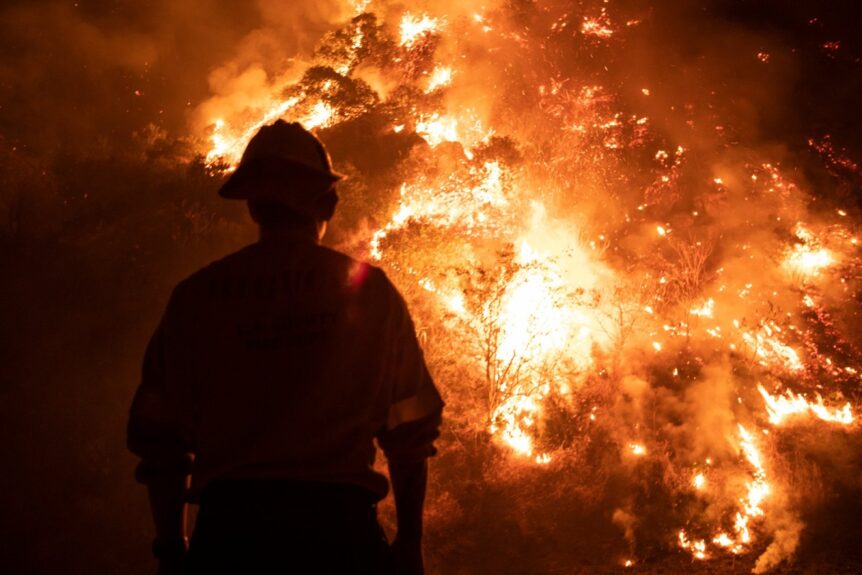California’s wildfires are out of control, and many of the state’s political decisions have made things worse. Despite its green reputation, the state’s policies and budget choices are fueling an escalating climate crisis. Here’s a look at 18 political blunders that have ignited the flames, putting lives and property at risk.
1. Weakening of Fire Safety Regulations

Image Credit: Shutterstock / Eakrin Rasadonyindee
In recent years, state regulations on fire safety have been criticized for being too lenient. Changes to the regulations have led to reduced standards for vegetation management and controlled burns, which are crucial for reducing fire intensity. As a result, areas that previously had adequate firebreaks are now vulnerable to devastating wildfires.
2. Insufficient Funding for Forest Management

Image Credit: Shutterstock / ronstik
California’s budget allocations for forest management have often fallen short of what is needed. Despite warnings from experts about the need for increased funding to maintain and clear forest lands, the state has not met these financial requirements. This has left vast areas of the forest vulnerable to fires that could have been mitigated with proper maintenance.
3. Delays in Implementing Climate Policies
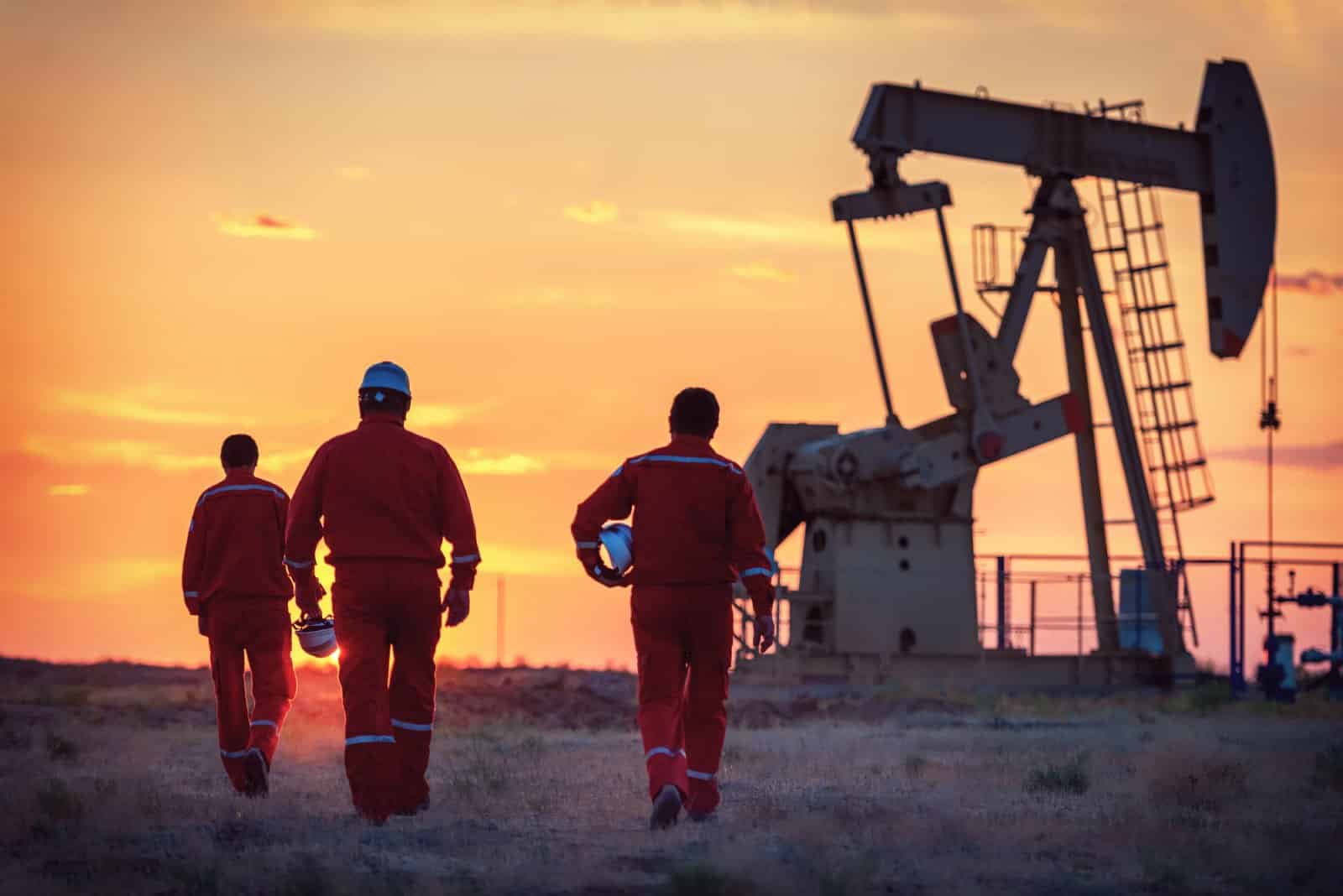
Image Credit: Shutterstock / SasinTipchai
While California has ambitious climate goals, the implementation of these policies has frequently been delayed. Projects meant to reduce greenhouse gas emissions and improve energy efficiency often face bureaucratic hurdles and slow rollout. This delay hampers the state’s ability to effectively combat climate change.
4. Overemphasis on Renewable Energy Targets
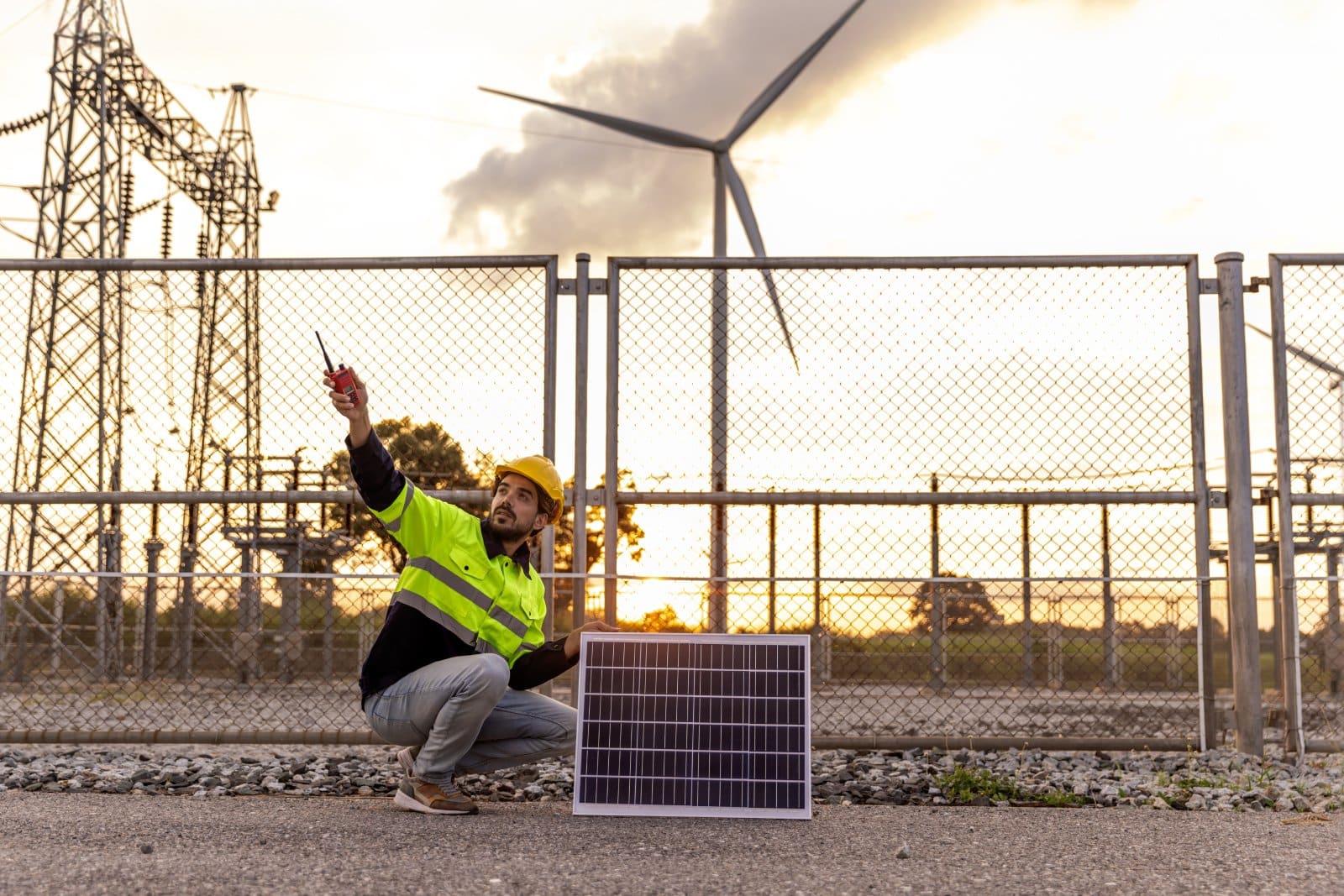
Image Credit: Shutterstock / kckate16
California’s focus on ambitious renewable energy targets has sometimes come at the expense of other critical infrastructure needs. The drive for renewable energy has led to strained resources and attention diverted from fire prevention and emergency response systems. This imbalance has left the state less prepared for the growing threat of wildfires.
5. Housing Development in Fire-Prone Areas

Image Credit: Shutterstock / M2020
Expanding housing developments in high-risk, fire-prone areas has been a contentious issue. Zoning laws and development incentives often encourage building in these vulnerable zones, increasing the potential for property damage and human casualties during wildfires. This decision undermines efforts to create defensible spaces and protect communities.
6. Inadequate Power Grid Upgrades

Image Credit: Shutterstock / Valery Zotev
The state’s power grid infrastructure has not kept pace with its growing energy demands and climate challenges. Frequent power outages and failures, partly due to the aging grid, exacerbate the impact of wildfires and complicate firefighting efforts. The lack of investment in grid modernization contributes to the crisis.
7. Failure to Enforce Building Codes

Image Credit: Shutterstock / Pond Saksit
Building codes designed to enhance fire resistance have not always been rigorously enforced. Some structures in vulnerable areas have been built without adhering to the latest fire safety standards. This regulatory gap increases the risk of homes and buildings being destroyed during fires.
8. Budget Cuts to Emergency Services

Image Credit: Shutterstock / Freedomz
Recent budget cuts have affected emergency services, including firefighting resources and support systems. These reductions have led to fewer personnel and less equipment available to respond to wildfires. In times of increasing fire intensity, these cuts have proven detrimental to effective emergency response.
9. Mismanagement of Water Resources

Image Credit: Shutterstock / APChanel
Water resource management has been another area of concern, with policies often failing to address the needs of fire prevention and management. The allocation of water for agriculture and other uses can leave firefighting efforts under-resourced. This mismanagement exacerbates the challenges faced during droughts and fires.
10. Delay in Adopting Fire-Resistant Vegetation

Image Credit: Shutterstock / Artem Stepanov
The transition to fire-resistant vegetation in high-risk areas has been slower than necessary. While the use of such plants can significantly reduce fire spread, the implementation of this strategy has lagged. This delay has left many areas exposed to uncontrollable fires.
11. Political Infighting Over Environmental Policies

Image Credit: Shutterstock / PanuShot
Political disagreements and infighting have stalled progress on comprehensive environmental policies. Disputes between different levels of government and between parties have led to fragmented and ineffective climate strategies. This lack of cohesive action undermines the state’s efforts to combat climate change.
12. Ineffective Land Use Planning

Image Credit: Shutterstock / Gorodenkoff
Land use planning policies have not always prioritized fire safety and resilience. Development in areas prone to wildfires continues despite recommendations for more strategic land use planning. This ineffective planning contributes to the increasing frequency and severity of fires.
13. Overlooked Native American Practices

Image Credit: Shutterstock / Lumppini
Indigenous fire management practices, such as controlled burns, have not been fully integrated into modern fire management strategies. These practices have been shown to reduce wildfire risks and promote ecosystem health. Ignoring these traditional methods limits the state’s ability to effectively manage its forests and lands.
14. Inconsistent Climate Action Goals

Image Credit: Shutterstock / Vladimir Borovic
California’s climate action goals have sometimes lacked consistency and clarity. Shifts in policy direction and changes in political leadership can lead to fluctuating priorities and goals. This inconsistency undermines long-term climate strategies and adaptation efforts.
15. Inadequate Support for Local Fire Departments
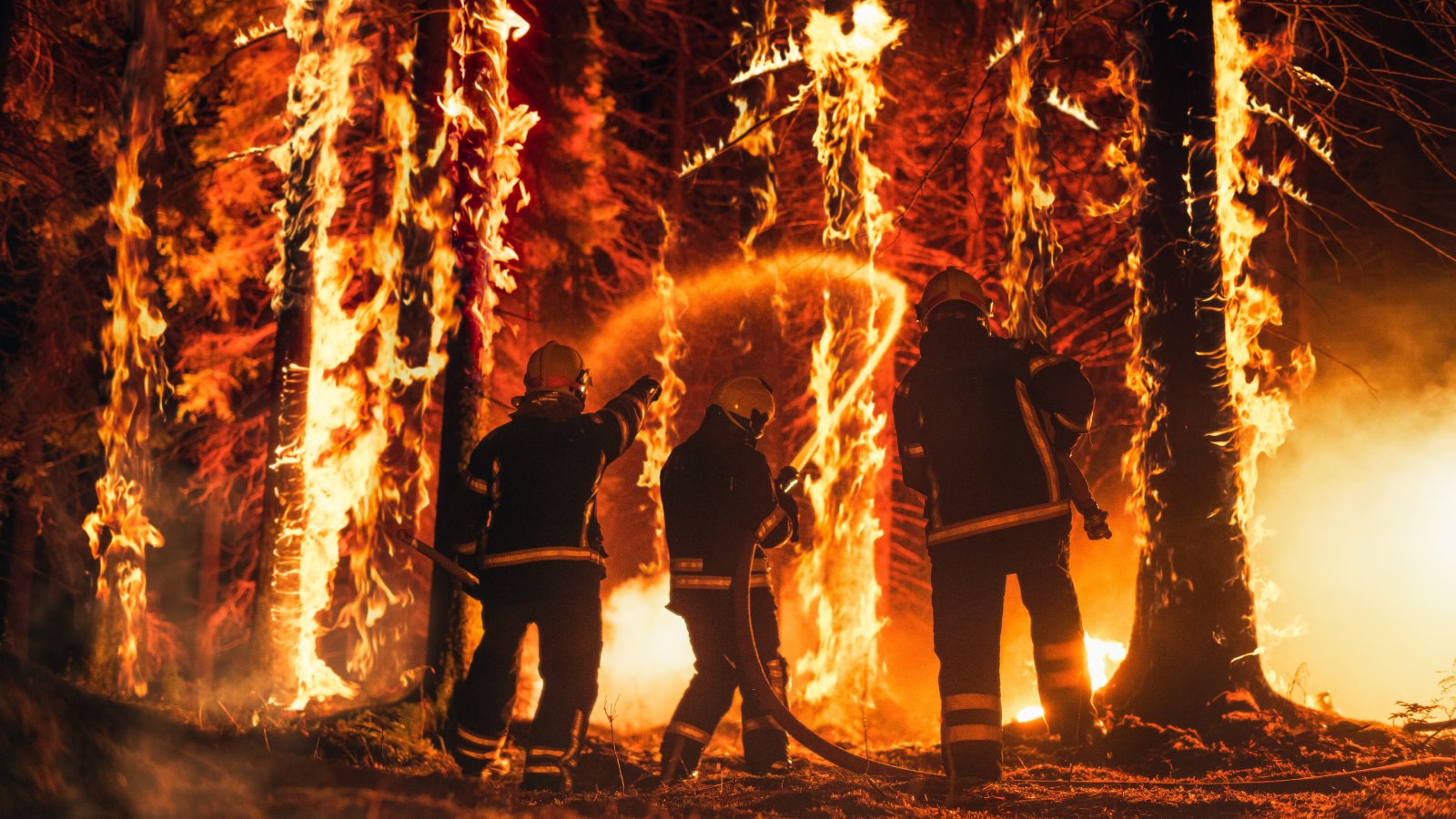
Image Credit: Shutterstock / Gorodenkoff
Local fire departments, often on the front lines of wildfire response, have not always received the necessary support and resources. Budgetary constraints and policy decisions have left these departments struggling with insufficient equipment and manpower. This lack of support hampers their ability to effectively combat wildfires.
16. Underfunding of Research and Development

Image Credit: Shutterstock / Andrey_Popov
Research into wildfire prevention and climate resilience has faced funding shortfalls. Investments in new technologies and strategies are crucial for adapting to the changing climate. Underfunding this area of research limits the state’s ability to innovate and improve its fire management practices.
17. Inefficient Carbon Emission Reduction Strategies

Image Credit: Shutterstock / Miha Creative
California’s strategies for reducing carbon emissions have been criticized for being inefficient and slow to produce results. The focus on certain sectors over others can lead to uneven progress and missed opportunities. This inefficiency impacts the state’s overall climate response and exacerbates environmental challenges.
18. Lack of Coordination Between State and Local Governments

Image Credit: Shutterstock / fizkes
Coordination between state and local governments has often been inadequate, leading to fragmented and conflicting approaches to fire management and climate policy. This lack of cohesion can result in duplicated efforts and missed opportunities for effective action. Improved collaboration is essential for a unified response to the climate crisis.
A Call for Action

Image Credit: Shutterstock / Lomb
California’s political decisions have fueled its climate crisis, from inadequate regulations to budgetary failures. What steps can be taken to address these issues and build a more resilient state?
DeSantis in More Hot Water as Florida Floods, Again
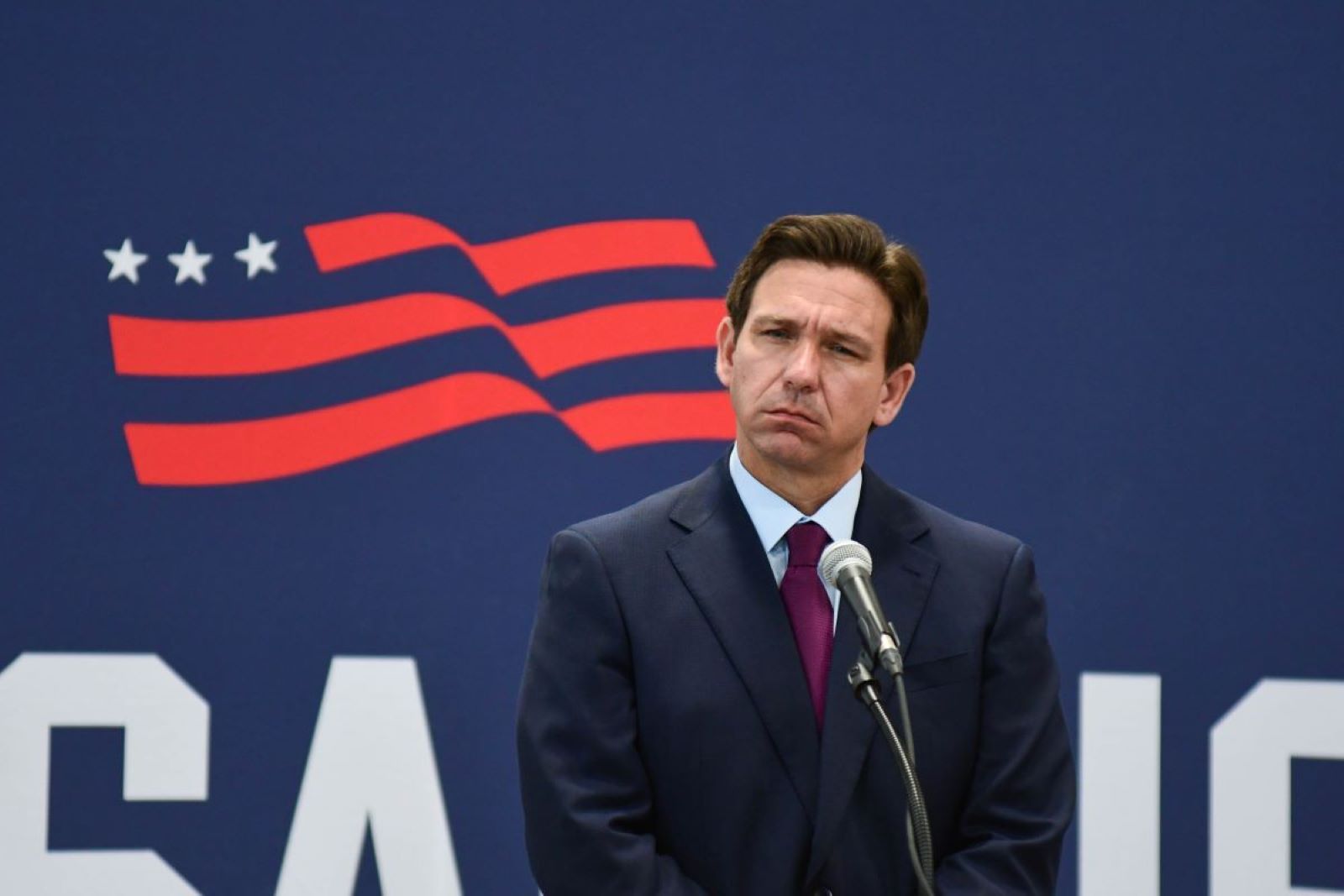
Image Credit: Shutterstock / Andrew Cline
Florida residents are struggling this hurricane season, and many are pointing the finger at a certain Governor. DeSantis in More Hot Water as Florida Floods, Again
J.C. Penney’s Closures Signal the End of an Era in Retail
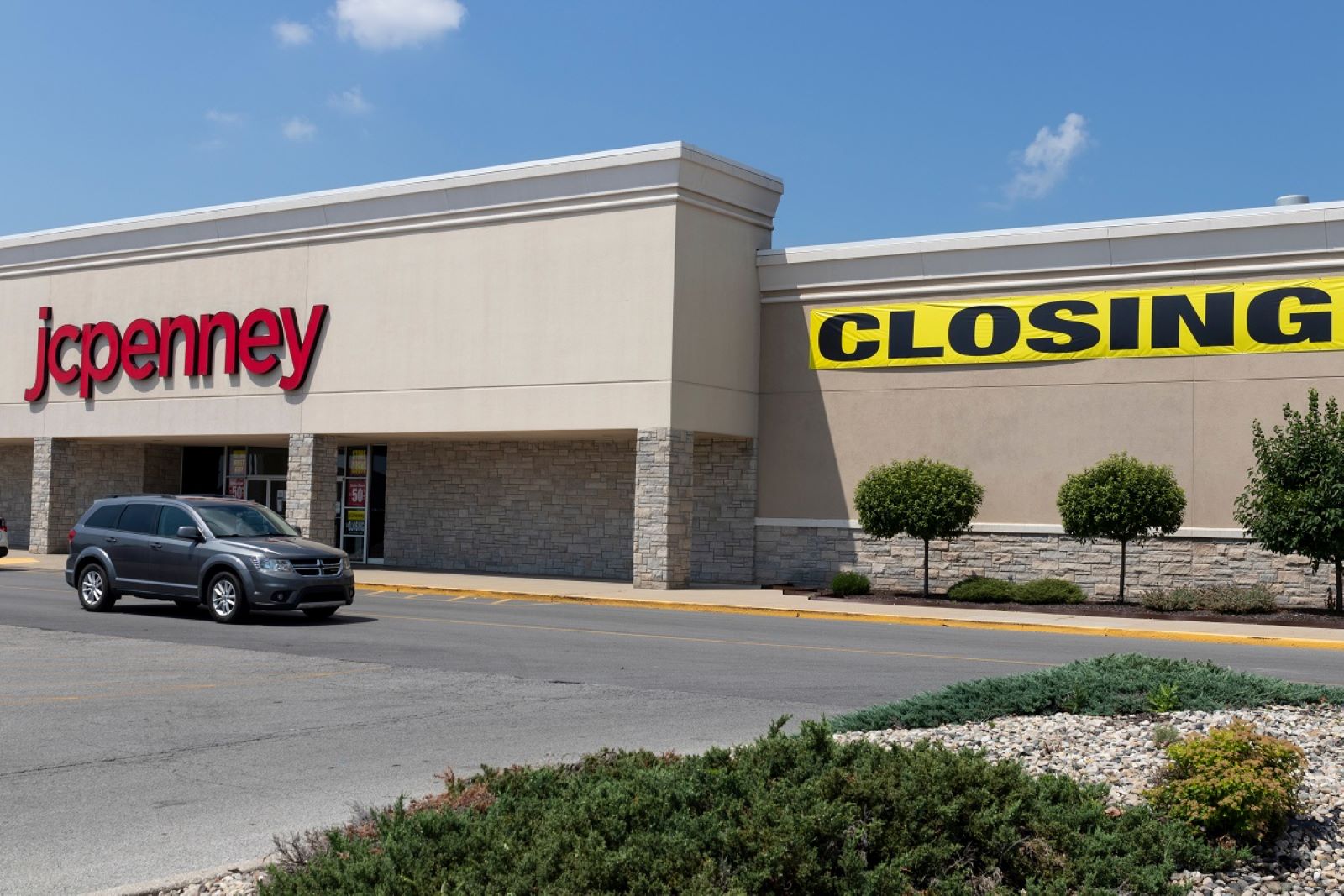
Image Credit: Shutterstock / Jonathan Weiss
Popular department store, J.C. Penney, has announced the closure of multiple stores across the country. This announcement reflects changes in the retail industry as online shopping becomes more popular. But how will these changes affect consumers and the future of in-store shopping? J.C. Penney’s Closures Signal the End of an Era in Retail
Michigan’s Governor Whitmer Lays Down the Law for HOAs

Image Credit: Shutterstock / Gints Ivuskans
Gretchen Whitmer has just taken on HOAs across Michigan. Who won? Michigan’s Governor Whitmer Lays Down the Law for HOAs
Featured Image Credit: Shutterstock / Matt Gush.
For transparency, this content was partly developed with AI assistance and carefully curated by an experienced editor to be informative and ensure accuracy.
The images used are for illustrative purposes only and may not represent the actual people or places mentioned in the article.

